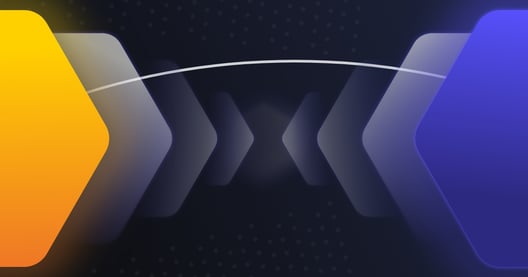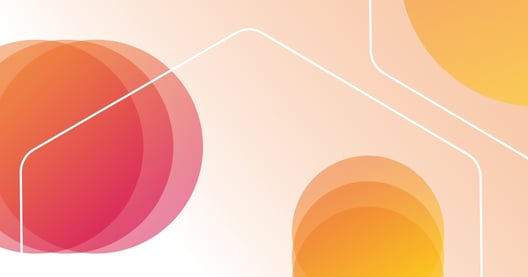
- By Mashooq Badar
- ·
- Posted 24 Jan 2024
Navigating Software Delivery Excellence with SPACE Metrics
Productive and happy teams are good for business. Development Teams are one of the most expensive investments for most businesses and it makes sense..

Early this month we took a big step towards full transparency and decided to open the financials to the whole company. Our decision is aligned to the open-book management concept.
The short answer: it was the right thing to do. The long answer needs a bit more explanation but first we need to explain the context and who we are as a company. We are a company founded on Software Craftsmanship principles. We are high-skilled software craftsmen who help our clients build quality software following Agile and XP practices. Our craftsmen and apprentices are developers that really care about the quality of their work and put a lot of effort trying to improve their skills. Such professionals care about their careers and need autonomy and purpose in order to perform at the level we all expect. For this type of professionals, working for a company where they can’t see the impact of their work is simply not good enough.
There are many. Once everyone has a clear view of the financial health of the company—risks, buffer (savings we always want to have in the bank), sales pipeline, status of each existing project, profit margin—our discussions around investments, salaries, bonus, etc. becomes much more focused, open, and based on concrete facts. Transparency leads to trust. Individual aspirations become aligned to the company's aspirations and vice-versa. If we do well collectively, we will all do well individually. If we all contribute, we all win.
Each craftsman and apprentice now has a much better understanding of the impact of their contribution to the company. They can also understand how much investment the company makes: people in between projects, apprentices, conferences, new hires, etc.
With more information comes more responsibility, helping us understand that we are on the same boat and we can all contribute towards our company.
We also realised that it is much harder to reach a decision when people don’t have the same amount of information. Giving everyone access to all the financial information is helping us reach agreements faster and find better solutions to our problems.
Financial numbers are not easy to look at and can be very misleading if you only look at the numbers from a single perspective. Bank balance, cash flow, costs, and revenues, mean nothing in isolation.
We use an online accounting system that can provide us with some data exports. We built a financial dashboard that consumes the raw data from our accounting system and displays multiple views on that data. The dashboard shows our financial situation and contains things like the buffer, graphs showing the costs and revenues, cash flow, cost breakdown (rent, salaries, travel, etc.), revenue breakdown (projects, clients, etc.), tax paid and to be paid (VAT and corporation tax), money owed, money owing, and a few other things. We will be refining as we go along.
Our financial dashboard is updated a few times a month and is always available to everyone at Codurance.
The interesting thing about building our own financial dashboard is that it helped us have a much better understanding and control of our financial situation. It’s also helping us a great deal in our decision making process. More about that later.
As our company grows the challenges become bigger and decisions have a much bigger impact. In addition to the reasons I previously mentioned, we want our craftsmen to help us shape the future of our company. We want to build a company that we all love and belong.
Until recently, many of the strategic decisions were centralized and now we are opening that up to everyone.
Discussions with a large group of people can be very challenging and unproductive. With that, we decided to create a “craftsmen board”. The two founders, Mash and Sandro, and 3 other craftsmen—elected by all craftsmen and apprentices—compose the board. Every 6 months we will have an election to choose the 3 craftsmen that will be part of the board. The board members are not above the rest of the company. They are only the craftsmen elected to put proposals forward and keep discussions more focused. Some people care more about certain topics than others. It’s up to each person (or group of people) to come up with a proposal and submit it to the board.
The role of the board is to make decisions and only discusses topics when there is a concrete proposal. The meetings are about making decisions and not about formulating proposals. Any person in the company can submit a proposal: a solution to a problem, an investment opportunity, staff welfare, or the overall direction of the company. The board will discuss the proposal and communicate back the decision to everyone. Proposals can be accepted, rejected, or returned for further refinements. Decisions, and the associated rationale, are communicated to everyone. If the other craftsmen and apprentices don’t agree, then they will need to formulate a new proposal and submit to the board.
Regardless what the board decides, nothing is written in stone. Any topic can be revised as long as we have a new or refined proposal. This way we can make decisions faster, always moving forward and reviewing our decisions as we have more information and feedback.
We are very happy with the direction Codurance is taking and how all our craftsmen and apprentices are shaping the future of the company we all love. Our craftsmen are increasingly taking bigger responsibilities; in our projects, recruitment, new businesses, and client relationships. With this transparency our craftsmen and apprentices are better equipped to make the right decisions—for themselves individually, and for the company as a whole.

Productive and happy teams are good for business. Development Teams are one of the most expensive investments for most businesses and it makes sense..

Testing web apps is hard work. You've probably found that even the code environment can be hostile to testing, with windows, documents, event..

In the constant pursuit of improvement, the concept of Developer Experience (DevEx) has become more relevant than ever. In recent years, DevEx has..
Join our newsletter for expert tips and inspirational case studies
Join our newsletter for expert tips and inspirational case studies